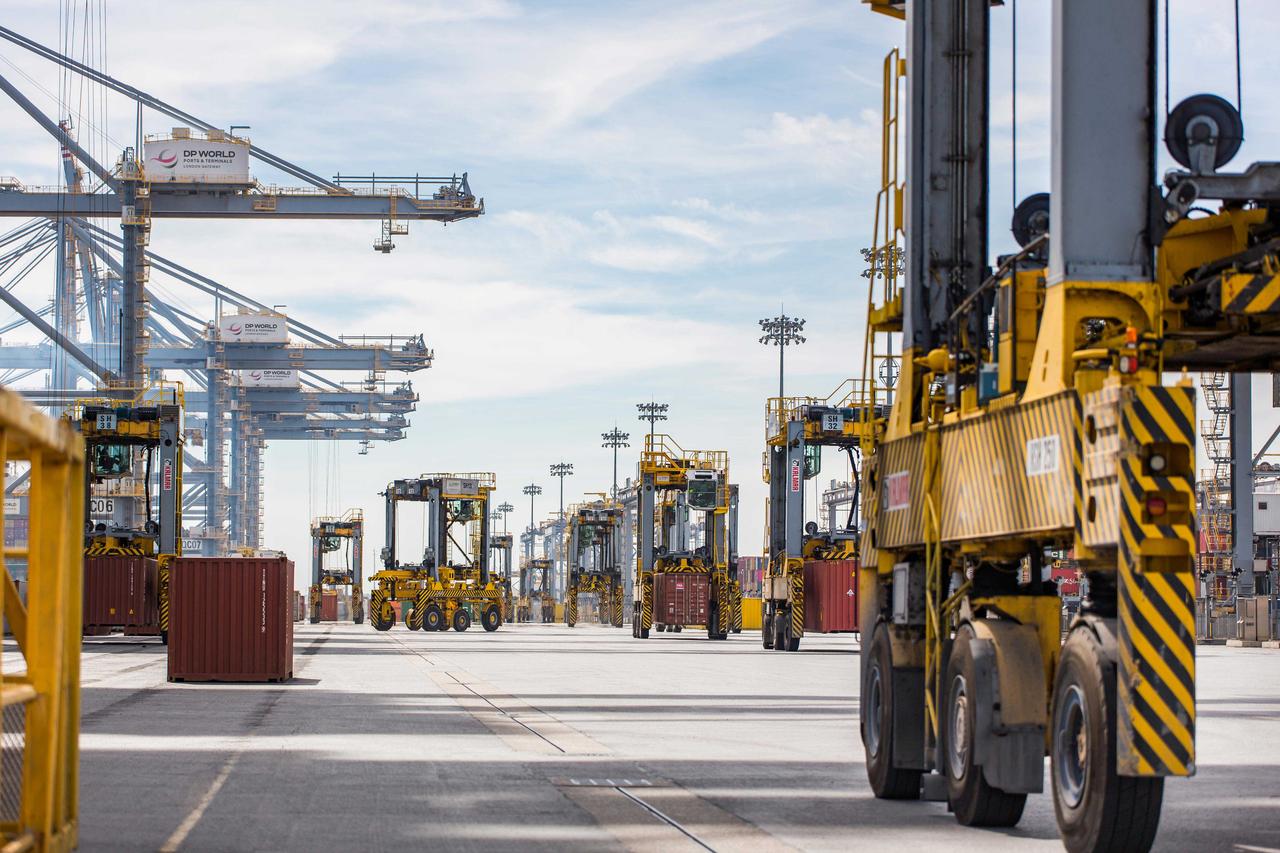Enhancing Terminal Efficiency through Streamlined Operating Systems
Date: 22/09/2023
Uncover the power of Terminal Operating Systems in boosting port efficiency, streamlining operations and transforming supply chain management.
Standing on the quayside, the cargo movements from vessel to different locations inside the terminal appear seamless. The reality in most large ports and terminals is that every move is orchestrated by an advanced Terminal Operating System (TOS); the silent digital conductor harmonising complex processes within port terminals to ensure efficiency and streamline operations.
This is not merely about container movements; it’s a crucial element in driving global economies. A minor error can send ripples through supply chains, affecting distant businesses. But when executed right, it’s transformative. Real-time data refines decision-making, and yard management becomes strategic, optimising resources and time. Imagine leveraging this with cutting-edge technologies like cloud systems or advanced analytics. The revolution of port operations, towards global Smart Ports that enhance efficiency and continueously foster innovation, is at the centre of industry discussions.

Understanding Terminal Operating Systems
It is necessary to have a working understanding of Terminal Operating Systems (TOS) and their function in terminal processes, as well as the advantages they present to the supply network.
The Functionality and Importance of TOS
The capabilitlies of a TOS can include controlling cargo movement and storage, utilising technologies like the internet, EDI processing, mobile devices, RFID, and DGPS for efficient monitoring.The objective of TOS is to streamline operations from vessel planning to work instruction execution. Data in TOS is synchronised with a central database. TOS is an integral part of port community systems, ensuring well-coordinated logistics services and maintaining operational dexterity.
CARGOES TOS+ in Containerised Shipping
CARGOES TOS+ powers 12.5% of worldwide containerised shipping and as a leading-edge operating system, demonstrates significant impact on productivity gains through micro-level job optimisation. TOS+ goes beyond simple yard management or resource planning - it enables precise equipment utilisation, leading to improved turnaround times for vessels at port terminals.
Advantages of Using Terminal Operating Systems
The intricate mechanisms that maintain the seamless operations of our dynamic ports go largely unseen. The invisible pivotal component: The Terminal Operating System (TOS). TOS is not merely a facilitator; it is a catalyst that digitally enhances efficiency and minimises discrepancies in terminal operations.
Enhancing Efficiency with Real-Time Capabilities
A modern terminal operating system is a maestro at real-time data provision, which plays a pivotal role in effective decision making. In this digital age where every second counts, real-time capabilities can be the difference between chaos and harmony within port terminals. The scarcity of real-time capable systems makes them even more precious to efficient supply chain management. This highlights how important it is to choose wisely when exploring TOS solutions on offer in the market today.
Key Features and Functionalities of TOS
- Operational Capabilities of TOS: Operational capabilities like yard management, vessel management, crane allocation, and gate management are standard modules offered by a TOS.
- Interfacing with External Systems: A TOS can interface with external systems, for example financial systems, reefer monitoring, weighing scales, and DGPS.
Market Overview of Terminal Operating Systems
The market for Terminal Operating Systems (TOS) is constantly evolving, adapting to the needs of modern terminal operations and supply chain requirements. As an integral part of port community systems, TOS solutions are critical for enhancing efficiency and reducing errors in logistics services.
Looking at growth prospects for the TOS market, it's evident that real-time capabilities are essential components shaping future trends. These abilities let companies monitor yard management more effectively whilst improving vessel planning strategies – both vital aspects driving success within the sector.This forward-thinking vision shared by industry-leading companies like CARGOES by DP World, highlights their commitment towards fostering improvements across all facets related to port digitalisation - from optimising workflows right down to managing weather conditions efficiently on-site.

Embracing Cloud Technology in Terminal Operations
The emergence of cloud technology is redefining terminal operations. It's not just about storage and data analytics anymore; it's a tool that enhances control over processes, boosting efficiency.
In the modern terminal operating landscape, CARGEOS TOS+ has emerged as an influential leader. Using TOS+, operators can access real-time information from anywhere, improving decision making and optimising modules for tasks like vessel planning or yard management.The ability to plan using 2D and 3D visualisation as well as monitor equipment utilisation or track cargo manifest details at any time helps reduce human errors. This leads to better turnaround times and improved customer service - a win-win situation.
Terminal Operating Systems: Key Takeaways
Terminal Operating Systems are the backbone of our port terminals, managing cargo movements and coordinating intricate processes efficiently. They provide access to real-time data, optimising decision-making and transforming yard management into a strategic operation, promoting intelligent work practices.Their adaptability is showcased by their integration with various external platforms and their utilisation of cloud technology to enhance operational control. Adopting these advanced terminal operating solutions is not about following trends; it’s a strategic move to revolutionise supply chain efficiency across ports, moving towards the fully automated Smart Ports of tomorrow.
FAQs in Relation to Terminal Operating Systems
What does a terminal operating system do?
A Terminal Operating System (TOS) oversees cargo movement and storage within terminals. It's key for efficient monitoring and streamlining operations in ports.
What is the most used terminal operating system?
CARGOES TOS+ has a significant footprint, powering 12.5% of global containerised shipping, enhancing productivity through micro-level job optimisation.
What are the benefits of terminal operating systems?
TOS can enhance port efficiency by providing real-time data for decision-making, reducing errors and improving yard, vessel, crane and gate management.
What are the different types of terminals in OS?
In an Operating System (OS), there could be text-based terminals like Command Line Interface or graphical ones such as Graphical User Interface where users interact with applications.
